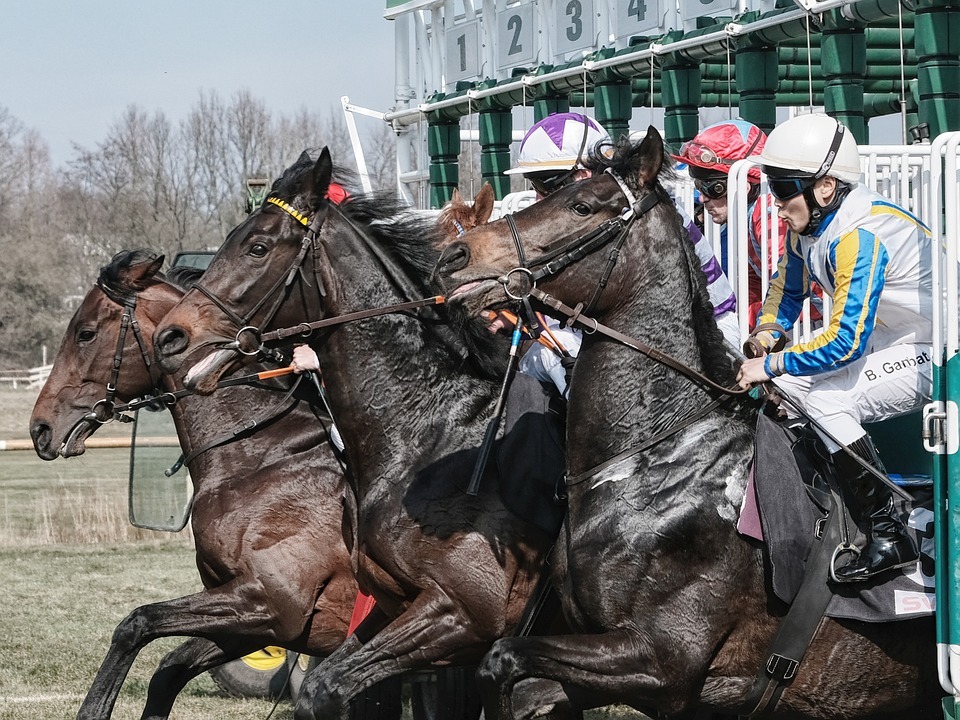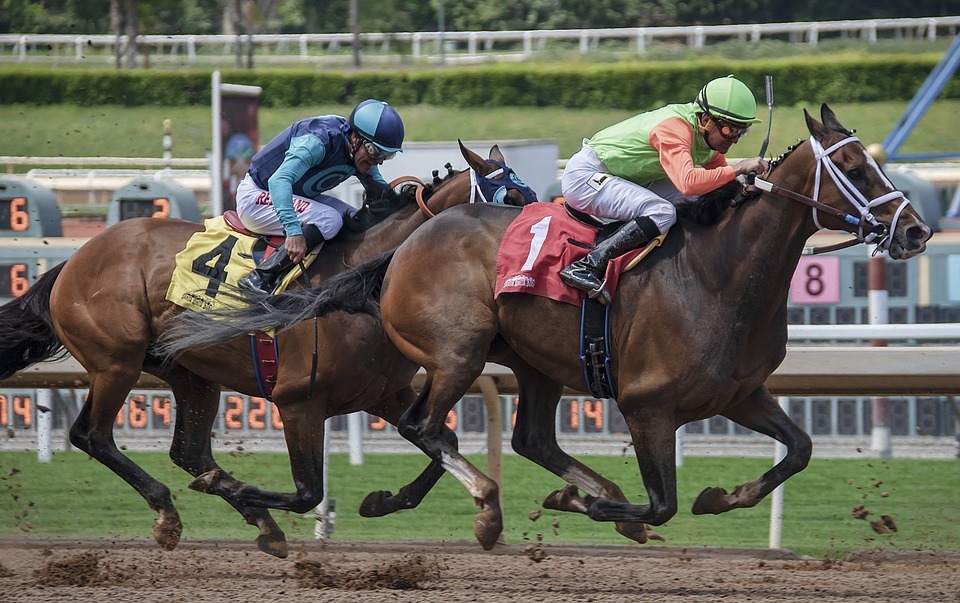Horse racing is a widespread equestrian performance sport that usually involves two or more horses ridden by jockeys or sometimes raced without riders over a set distance for competition. This is one of the most ancient of all sports, as well. There are also many different formats of horse racing depending on what country you are in because there are countries that developed their own specific traditions around this sport. And if you are a die-hard fan of football, make sure to check crackstreams nfl for a blow-by-blow live stream coverage of NFL, MMA, NBA, and other major sports.
Sometimes, horses are raced purely for sport, but one of the major parts of horse racing’s interest and economic importance is the gambling that comes with it. Many horse races have gambling stations where you can stake money on a horse. Today, horse racing is also included in online sports betting. It means that even when you’re not physically present on the horse racing venue, you’ll still be able to place your bets on a particular race.
In the United States, horse racing is one of the most widely attended spectator sports. It is also a popular spot in other countries, including Canada, Australia, Ireland, Great Britain, the Middle East, and South America. If you want to know more about horse racing, you’re in the right place. Today, we are going to tell you more about the history of horse racing.
History of Horse Racing
Since ancient times, horse racing has been practiced in civilizations across the world, giving it a long and distinguished history. Based on archaeological records, horse racing occurred in Babylon, Syria, Ancient Greece, and Egypt. Aside from that, it also played an important part in myth and legend, like the contest between the giant Hrungnir and the steeds of the god Odin in Norse mythology.
One of the most popular ancient Roman, Greek, and Byzantine sports was chariot racing. In the ancient Greek Olympics, both chariot and mounted horse racing were part of the events by 648 BC, and they were important in the other Panhellenic Games, as well. This continued on, even when chariot racing was considered to be dangerous to both the driver and the horse, as they frequently suffered from serious injuries and even death.
Chariot racing and mounted horse racing were both major industries in the Roman Empire. The Spring Carnival in Rome closed with a horse race from the mid-15th century until 1882. There were about 20 horses without riders, which were imported from the Barbary Coast of North Africa, that were set loose to run the length of Via del Corso, which was a long, straight city street, and they timed it for about 2 ½ minutes. Thoroughbred racing has arisen in later times, and it remained popular with aristocrats and royalty of British society. It was able to earn the title Sport of Kings.
Equestrians enhanced their skills through races and games historically. And it also provided entertainment for crowds and also showed the outstanding horsemanship needed in battle. There were many types of horse racing that evolved from impromptu competitions between riders. The different forms of competition, which required demanding and specialized skills from both horse and rider, resulted in the development of specialized breeds and equipment for each sport. And through centuries, the popularity of equestrian sports has resulted in the preservation of skills that would otherwise have disappeared after horses stopped being used in combat.
In the 18th century in Britain, horse racing became established because King Charles II, who reigned from 1649 to 1685, was an avid sportsman. He gave Newmarket its prominence. The Jockey club was then formed in 1750 to control the Newmarket races. The club has set the rules of the game, prevent dishonesty, and as well as make for a level field.
In 1776, the five classic races began with the St. Leger Stakes. In 1814, the system was complete with five annual races, and most of the racing took place for small cash prizes and huge local prestige in landowners’ fields and as well as in the rising towns. The standards for these races were set by Newmarket and the Jockey Club.
The system of wagering was also important to the funding and the growth of the industry. All classes participated in this, form the poor to the royalty. But high society was in control, and they made a special effort to keep the disreputable out and the criminal part away from the betting. Since real money was at stake, the system needed skilled trainers, jockeys, groomers, and experts when it comes to breeding. With this, horse racing opened a new prestigious career for working-class rural men.
In the present time, there are many different types of horse racing that have been made. This includes flat racing, jump racing, harness racing, and endurance racing. And in each of the specific disciplines, different breeds of horses have also been developed, such as thoroughbred, standardbred, Arabian horse, and quarter horse.
In betting, bettors may wager on a horse to win, place, or show. There are also other popular wagers, which are the daily double, exactas, quinellas, and the pick-six or picking the winners of six consecutive races.
Horse racing is indeed a very popular sport, not just in the United States but in many different parts of the world, as well. And what made it even more popular and what interests’ people more is the wagering or betting system that comes with it. But know that there are also tracks that ban gambling on horse racing, including Springdale Race course, which is home of the nationally well-known Toronto-Dominion Bank Carolina Cup, and Colonial Cup Steeplechase in Camden, South Carolina, due to a 1951 law.
We hope the information we shared here will be able to help you further understand and know about the history of horse racing.


